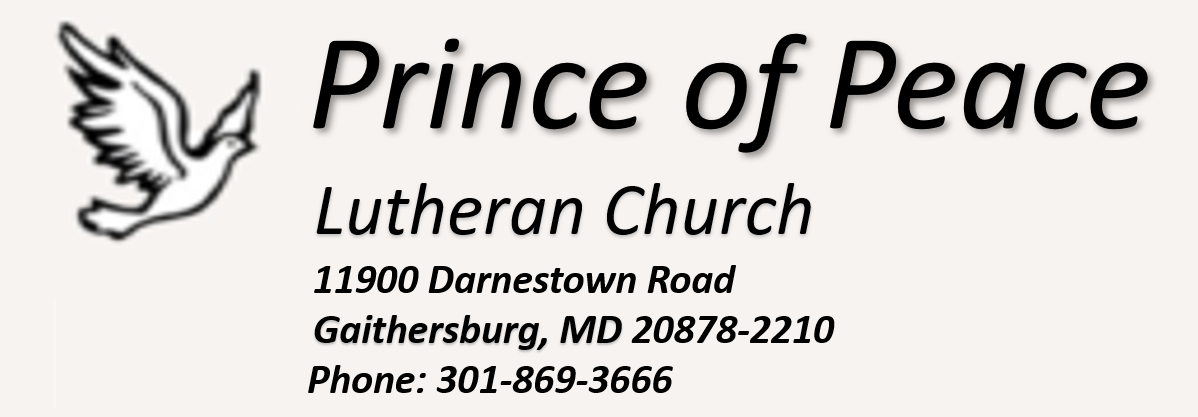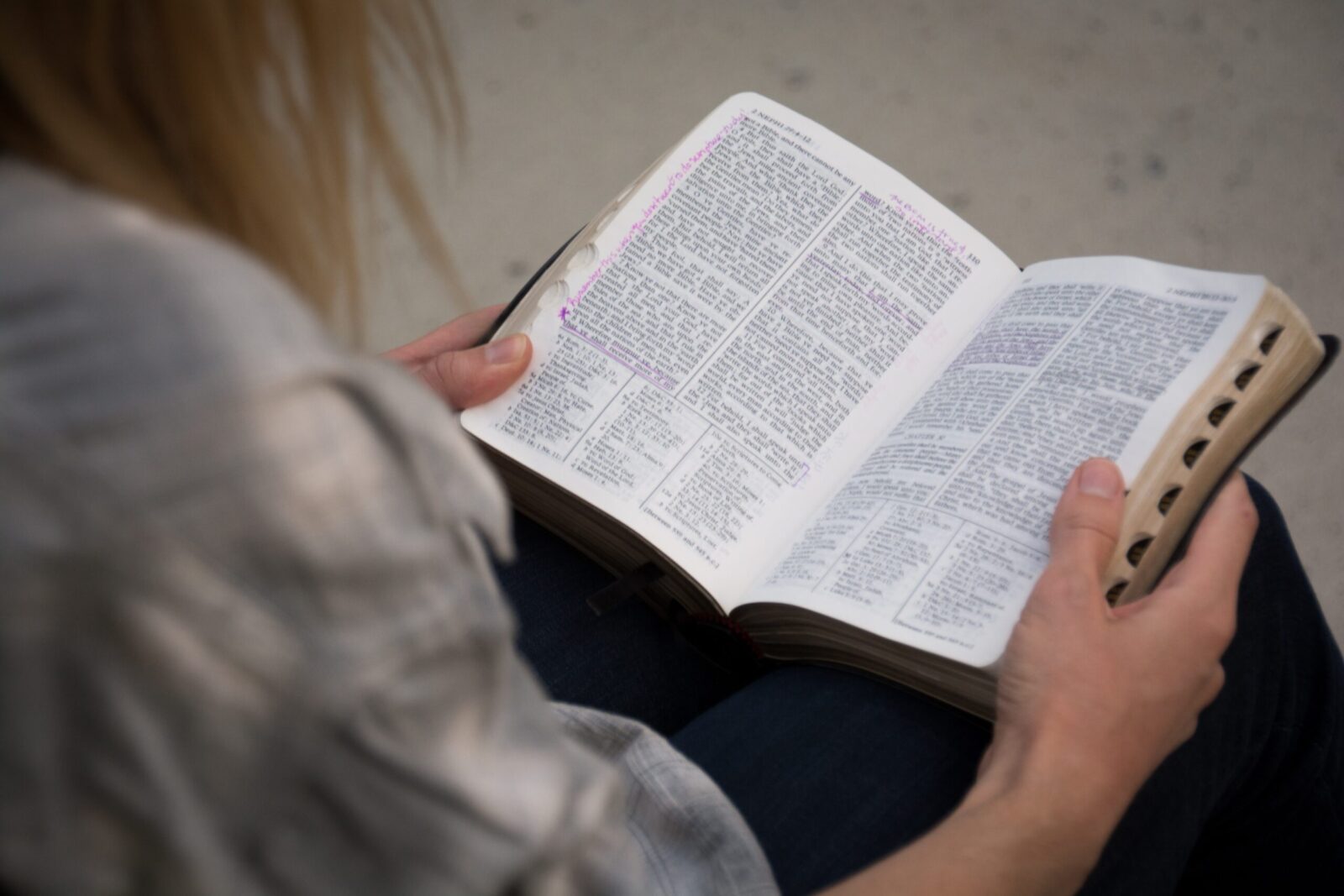The Tower and the Spirit (The Day of Pentecost)
Sermons on YouTube…
Dr. Bornemann was our professor of Hebrew and Old Testament when I was a student at the Philadelphia Seminary. But, he was also the Seminary Choir director, and many of us sang in the choir as well.
Apparently, before my class arrived at the Seminary, the previous choir director had left. And so the seminary approached Dr. Bornemann and asked him if he’d be willing to temporarily lead the choir. And so Dr. Bornemann agreed that he’d be the choir director for one year. And so he served as choir director for that one year, which began in 1953 and ended in 1989!
And we were all glad that Dr. Bornemann was the choir director, because we had a lot of fun, learned a lot of things and especially, we enjoyed the choir parties that Dr. Bornemann hosted at his house!
My class and I were all part of Dr. Bornemann’s final choir in 1989, as he was preparing to retire. And as one of his final acts as choir director, we sang what was essentially a long Cantata which he wrote, entitled “The Tower and the Spirit.” It was a musical piece which wove together two of this morning’s stories – the story of the Tower of Babel and the story of Pentecost. And of course, because Dr. Bornemann was also our Hebrew professor, he wrote some of it in Hebrew, so we had to sing parts of it in Hebrew as well…!
These two stories – the Tower of Babel and the Pentecost story – are paired together every year in this cycle of the lectionary. And as we sang “The Tower and the Spirit,” we sang about how at one point the language of everyone was confused and people were scattered abroad. But now, at Pentecost, the Spirit of God used language to bring people together from every place on Earth and help them to know and experience the mighty acts of God. It was a celebration of another one of God’s great reversals – just as God brought life from death at Easter, so too, at Pentecost, God reversed the separation brought on at the time of the tower of Babel.
And that reversal is a great thing to remember as we read the stories this morning. But, while we read the story of Pentecost every year, we don’t often read the story of the Tower of Babel. And that story is both odd and interesting as well.
The story of the Tower of Babel is part of the first 11 chapters of Genesis, which biblical scholars often refer to as “pre-history.” That is, they tell the story of everything that happens up until the call of Abraham at the beginning of chapter 12. And the point of the “pre-history” is to tell us how we got to where we are. Who made the world? And if God made the world, how did it get messed up? (Spoiler alert – people messed it up again and again and again.) And what does God do when people mess it up? Well, all the stories again point to a God who may be angry with the evil and the mess, but who always forgives and makes a new path forward for life.
Yet, the story of the Tower of Babel is kind of odd. It’s odd because it sits actually in the middle of the story of the descendants of Noah after the flood (which comes both before and after this story.) The Tower of Babel just sits there in the middle. Perhaps it’s there to explain why there were so many different languages and peoples in the world if they all descended from Noah. And perhaps it’s a warning not to try to build towers to the heavens and be bigger than God.
But the oddest thing of all is that the story attributes the failure of a big group project to the hand of God, who confused the language of all those people, and so they gave up working together and went their separate ways.
And while that could have happened, it might have happened anyway, even without divine intervention! I mean, all of us have been part of big group projects at school and at work, and often, this is what happens! Some people don’t help. Some people mess things up. Some people don’t understand. And lots of folks get in fights with each other, throw up their hands and decide to give up. That’s the way things often work, and that’s the way they worked in antiquity as well.
For example, you may have noticed that “Babel” and “Babylon” sound very similar. And in ancient Babylon, during about the same time the Old Testament was being written down in its current form, there was a huge step-tower build to the Babylonian god Marduk, which was a ruin because it had been started and stopped and left to decay so many times. Human group projects don’t always end well.
And that’s what makes the story of Pentecost, by contrast, so interesting. Often, we get caught up in the rush of the wind and the appearance of the flames. But those things aren’t really what the story is about.
Instead, Pentecost is about the power of the Spirit to bring people together; to give people hope and new life by the ability to experience the good news of God; and to create community out of individuals who might not even have usually understood each other.
And this is in spite of the same human weaknesses that have always been there. After all, the disciples didn’t suddenly communicate with everyone else because they had spent the previous 50 days doing intensive foreign language study. And Peter, while suddenly much bolder than before, doesn’t win over anybody with impeccable logic … (“these are not drunk, because it’s only 9 o’clock in the morning” is perhaps the least convincing argument anywhere in the New Testament!)
And so really, while divine intervention isn’t necessary for human group projects to get messed up, it often is for things to come together. In our world, we’re used to hearing stories just like Babel – where people don’t work well together, walk away from each other, and generally mess things up.
But Pentecost is the reminder that if you want to see signs of the Spirit of God working in your life and in the world around you, instead of looking for flames or listening for wind, instead be alert for those sometimes small, and often rare instances where:
- People come together in community, in spite of all the things that you’d expect to drive them apart …
- People are inspired to have hope, in spite of the chaos and confusion that surrounds them …
- People experience what they believe to be God’s power in their lives, even when others dismiss it as coincidence or a hoax…
And sometimes, it’s good to have the contrast of the Tower and Spirit to remember those things. And that’s also because failures like the Tower of Babel are often big and splashy and fill the news cycle. By contrast, the power of the Holy Spirit in our lives often happens like it did on Pentecost – and by that, I don’t mean it involves windstorms or tongues of flame, although it could!
Rather, the story of Pentecost reminds us that the Holy Spirit often works in our lives at times and places that don’t seem really remarkable – just like in a back street in Jerusalem. The Holy Spirit often works in our lives in ways that don’t make the news – after all, we remember Pentecost in our scriptures, but nobody else seemed to notice. And most importantly, the Holy Spirit works in the lives of regular people – like the first disciples and you and me – whenever we’re brought together into a community in which we’re inspired to feel and to share the hope and good news of God’s deeds of power for us and for the whole world.
Amen.

